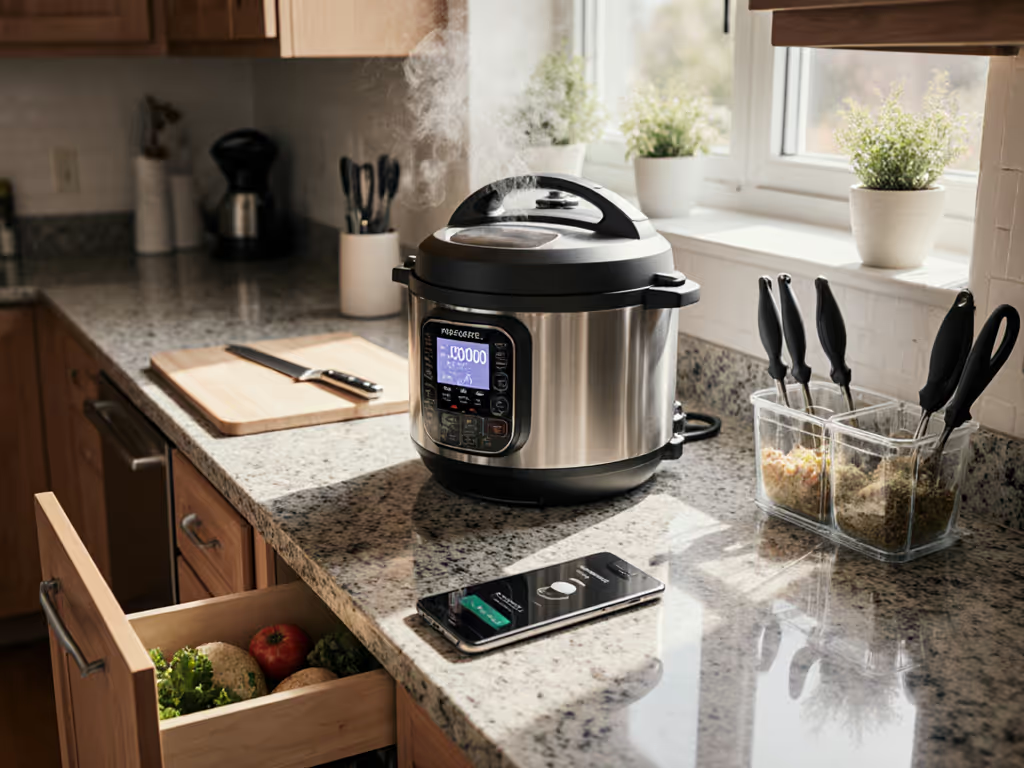
Pressure Cooker Error Codes Explained: Fix & Prevent
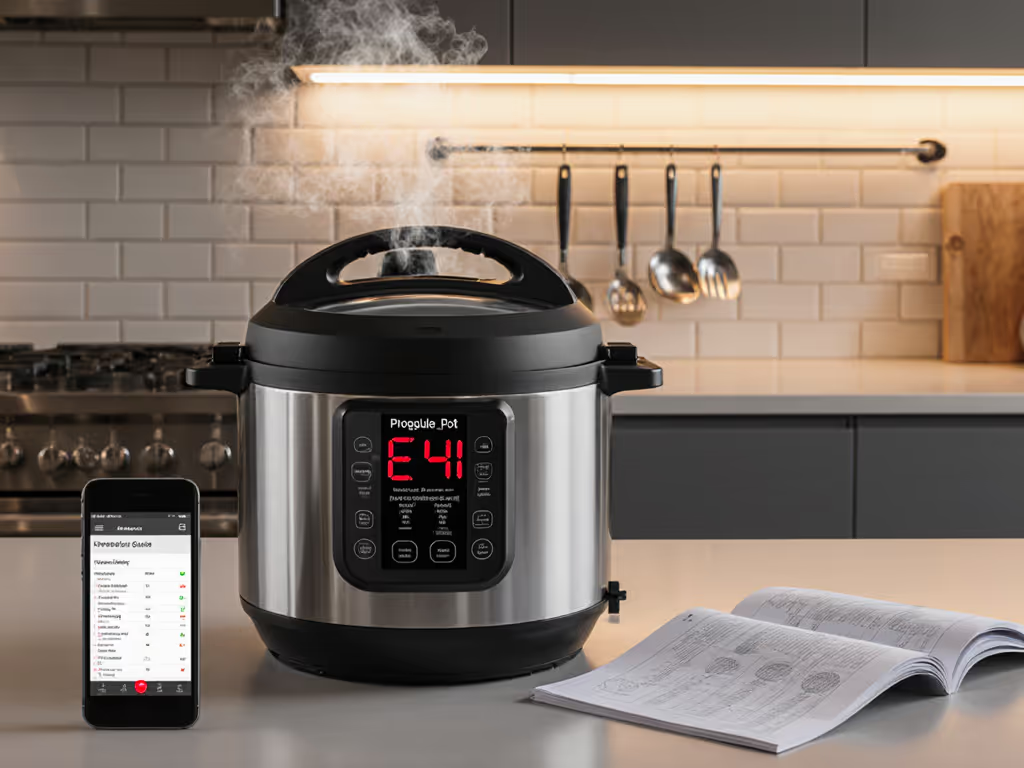
When your electric pressure cooker flashes an error code, or troubleshooting pressure cooker errors becomes urgent, it's not just a kitchen hiccup, it's frozen dinner money out the window. I've seen too many folks toss reliable cookers after one "BURN" message because they didn't know whether to invest $5 in a new gasket or $150 in a replacement. This guide cuts through the noise with common error solutions you can trust, backed by repair logs and cost-per-meal math. Forget hype; we're fixing what actually fails so your tool feeds your family for years, not just launch week. After all, value beats novelty when dinner's on the line.
Why Error Codes Happen (And Why They're Good News)
Error codes aren't design flaws; they're safety nets. For a quick primer on how safety valves and PSI control protect you, see our pressure cooker safety guide. That flashing "C1" or "LID" means your cooker detected a problem before it became dangerous. Most triggers boil down to three things: improper sealing, liquid levels, or sensor hiccups. The real cost isn't the error, it's ignoring it. A $10 gasket replacement today prevents $120 in wasted ingredients tomorrow. Always unplug first (safety!), then consult this checklist before Googling random fixes.
The 7 Most Common Pressure Cooker Errors: Fixed
1. "BURN" or "Ovht" (Overheating)
- What it means: Food stuck to the pot's base >280°F (common with tomato sauces, thick bean stews, or rice). Not a fire hazard, but your meal's likely scalded. If you need to vent safely without ruining texture, see when to use natural vs quick release.
- Why it costs: If ignored, scorched food ruins your inner pot's nonstick coating ($20 replacement). Recurring burns? You're wasting $3+/meal in ingredients.
- Fix this now: ✅ Unplug and cool 10 mins. ✅ Release pressure manually (steam valve to venting). ✅ Deglaze thoroughly before pressure cooking: add 1/2 cup liquid, scrape bottom until no brown bits remain. ✅ Ensure min. 1 cup liquid for 6-qt pots (1.5 cups for 8-qt).
- Prevent it: Layer sauces on top of proteins/grains. Never stir after adding acidic ingredients.
Value shows up in leftovers, not launch-day hype. That $5 silicone ring swap saves 200 meals.
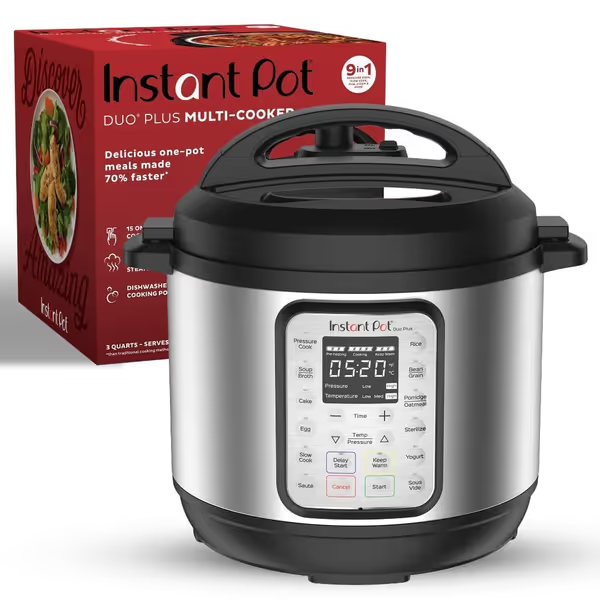
Instant Pot Duo Plus 9-in-1 Multicooker
2. "LID" or "noPR" (No Pressure Building)
- What it means: Lid isn't sealing ("LID") or steam isn't trapping ("noPR"). Steam leaks = no pressure. For step-by-step fixes, follow our steam leak troubleshooting checklist.
- Why it costs: Failed seals waste 45+ minutes per cook cycle. A stretched gasket ($8) is cheaper than repurchasing a whole unit.
- Fix this now: ✅ Check the sealing ring: Is it seated properly? Clean food debris from the groove? ✅ Confirm steam valve is set to "Sealing" (not "Venting"). ✅ Wipe lid sensor ports with a damp cloth (grease blocks signals). ✅ Replace the ring if hardened or cracked (check every 18 months).
- Prevent it: Hand-wash rings; never leave the pot in "Keep Warm" >30 mins (heat degrades rubber).
3. "C1," "C2," or "C3" (Temperature Sensor Errors)
- What it means: Misread temps (C1 = open circuit; C2 = short circuit; C3 = overheating).
- Why it costs: False errors halt cooking, stranding $10+ of groceries. Don't panic: 80% stem from user error.
- Fix this now: ✅ Unplug 15 mins (resets board). ✅ Ensure the inner pot is dry underneath (water tricks sensors). ✅ Move pot away from stove/oven (ambient heat fools sensors). ✅ If persistent: Sensor replacement costs $15-$30 vs. $100+ for new unit.
- Prevent it: Always place cooker on cool, dry counters, not near heat sources.
4. "C5" or "C6" (Pressure Sensor Failures)
- What it means: C5 = not pressurizing; C6 = dangerous over-pressurization. Unplug immediately for C6.
- Why it costs: C6 risks steam leaks. A faulty sensor ($25 part) is safer and cheaper than replacing the cooker.
- Fix this now: ✅ For C5: Add liquid (min. 1 cup), ensure the valve is sealed. ✅ For C6: Unplug, cool 30 mins, check the valve for obstructions. ✅ Verify the pot isn't overfilled (max 2/3 capacity for beans/grains).
- Prevent it: Never force-cook dried beans without soaking, foam clogs valves.
5. "E3" or Steam-Related Errors
- What it means: Overheating steam pathways (common in Crock-Pot brands; see pressure cooker steam buildup).
- Why it costs: Blocked vents cause steam burns or failed seals. A $3 vent-cleaner brush prevents $120 repairs.
- Fix this now: ✅ Wipe the steam release valve with a vinegar-soaked toothpick. ✅ Clear the anti-block shield (tiny hole above the valve) with a pin. ✅ Run "Steam" function 1 min weekly to clear residue.
- Prevent it: After cooking, run hot water through the valve while open.
6. "Yogurt" Mode Errors
- What it means: Temp too low/high for culturing (not a safety issue).
- Why it costs: Failed batches waste $5-$8 in milk/cultures.
- Fix this now: ✅ Pre-heat milk to 180°F before adding to the pot. ✅ Use whole milk (low-fat fails 3x more often). ✅ Wrap the pot in a towel during incubation (prevents heat loss).
- Prevent it: Skip yogurt mode, use "Keep Warm" at 110°F plus a thermometer.
7. Display Blank or Unresponsive
- What it means: Power surge, loose cord, or failed control board.
- Why it costs: A $5 cord replacement beats $150 for a new unit.
- Fix this now: ✅ Check the outlet with another device. ✅ Inspect the cord for fraying (replace if damaged). ✅ Press the reset button (if your model has one). ✅ No luck? Control board repair = $40 vs. $150 new.
- Prevent it: Plug into a surge protector, never directly into an outlet.
The Repairability Checklist: Save $100+ Per Cooker
Before ditching your pressure cooker, run this value beats novelty checklist. Most "dead" units have fixable $5-$30 parts:
- Gaskets: Must replace every 12-18 months. Flag recurring part costs: $8-$12/yr.
- Anti-block shields: Clean monthly with a toothpick. Must-have vs. nice-to-have: Non-negotiable.
- Inner pots: Last 5+ years if not scratched. Must-have: stainless steel beats nonstick (lasts 3x longer).
- Sensors: Test with a multimeter ($12 tool). Translate prices into 500+ meals saved per $15 repair.
Skip brands where parts cost more than 30% of the new unit price. I learned this after a glossy multicooker died post-warranty, shipping a $20 gasket cost more than a sturdy stovetop model. Repairable tools can turn $130 into $0.15/meal over 8 years. Keep issues from returning with our pressure cooker maintenance checklist.
When your cooker flashes an error, pause. Ask: "Is this fix cheaper than takeout tonight?" More often than not, it is. Because real kitchen value isn't about fancy features, it's about beans that never burn, rings that seal, and tools that last. Value beats novelty especially when your family's meal depends on it.
Related Articles


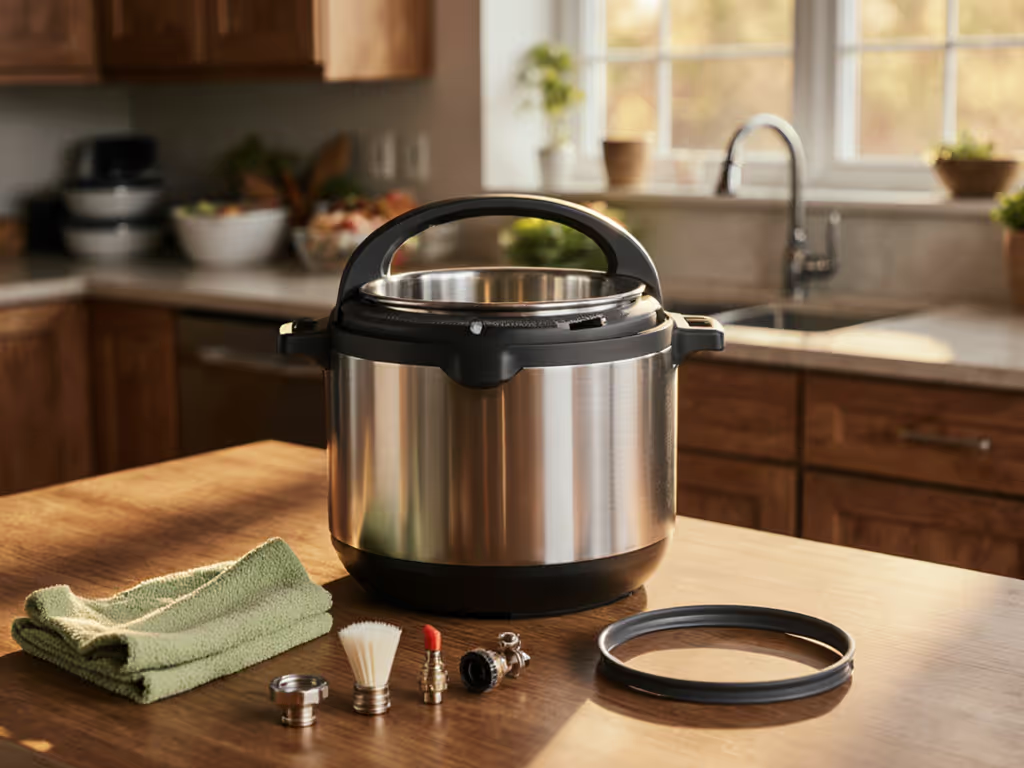
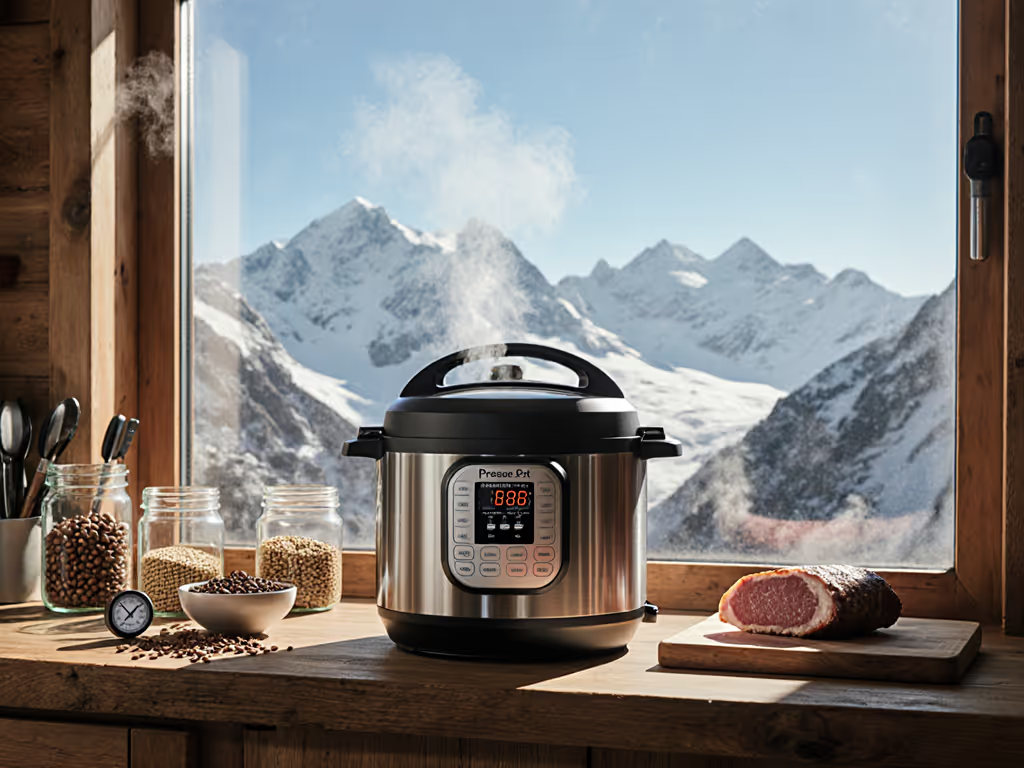
Mastering High Altitude Pressure Cooking Adjustments
Cook confidently above 3,000 feet with practical pressure cooker tweaks - prioritize natural release, fine‑tune time and liquid, control foaming, and check seals - for safer results and better texture. Skip PSI myths and apply physics-backed adjustments for beans, grains, meats, and dairy.
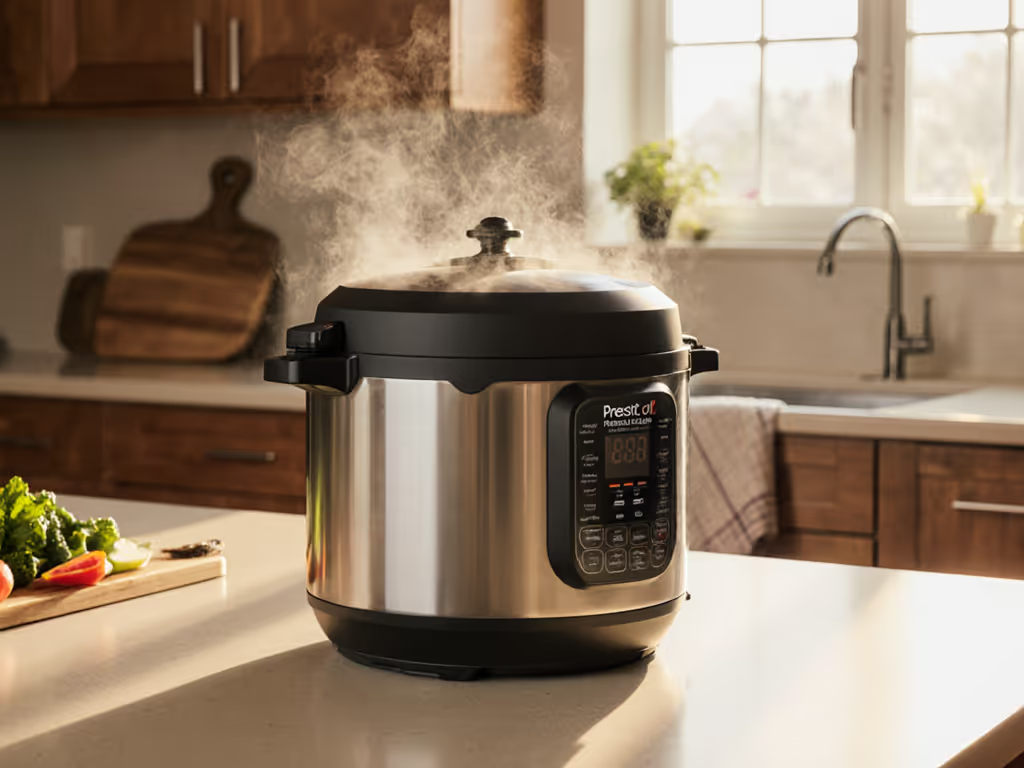
Pressure Cooker Basics: Safe First-Time Use Guide
Master a safe, predictable pressure-cooking routine: budget for preheat and release, respect fill lines, use QR vs. NR correctly, and confirm zero pressure before opening. Get usability checks for electric vs. stovetop and simple gasket care to prevent burns and “BURN” errors.
